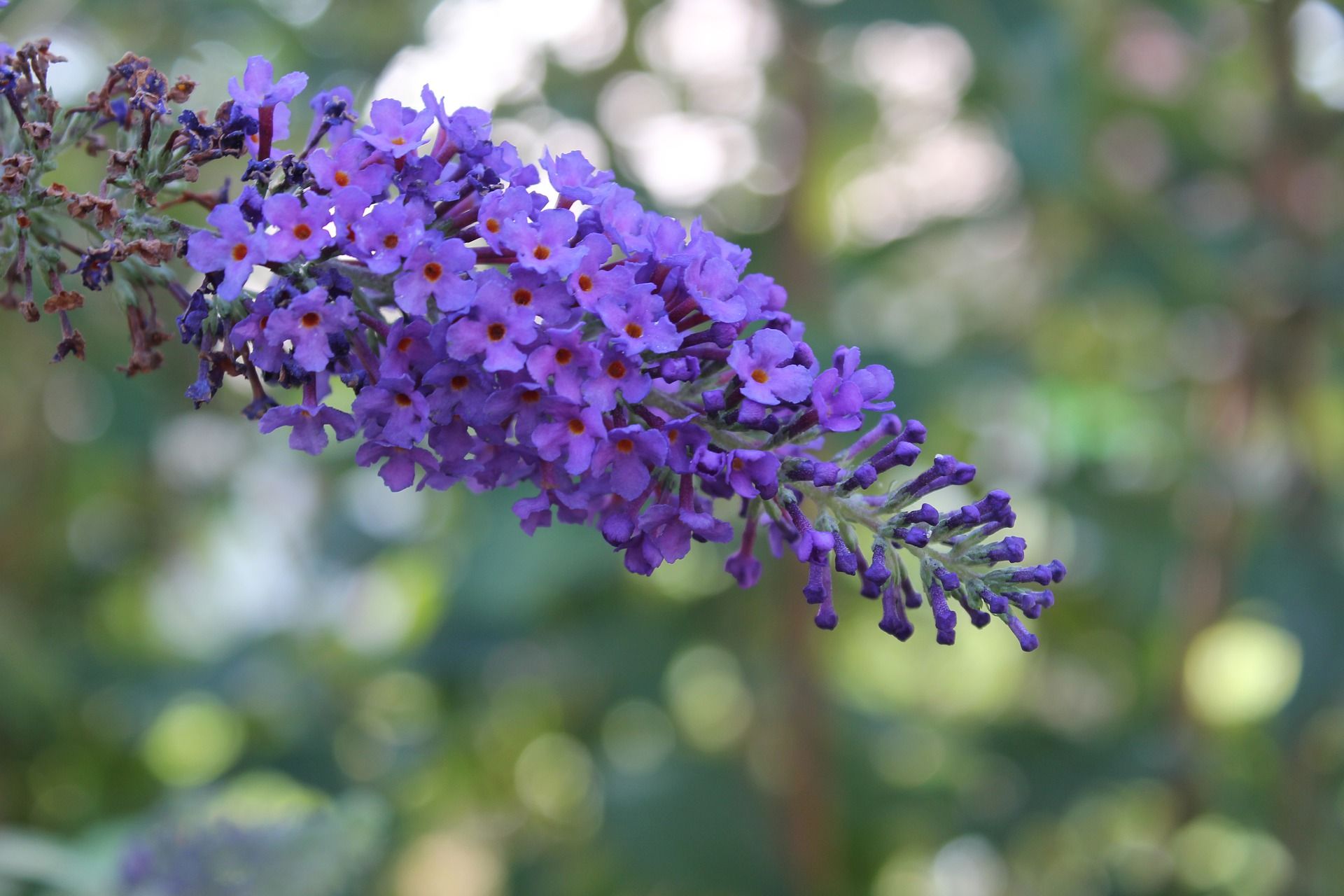Butterfly bushes, also known as Buddleja, are flowering shrubs that attract butterflies and other pollinators to gardens Their arching branches are covered in fragrant cone-shaped flowers that bloom from summer through fall. Let’s take a closer look at these popular plants
Description
Butterfly bushes are deciduous shrubs with an open, spreading habit that reaches 6-15 feet tall and wide. The long panicles of tubular flowers come in shades of purple, pink, white, orange and yellow. The narrow green leaves are 3-6 inches long.
This fast-growing shrub thrives in full sun and tolerates heat, drought, and poor soil. It can grow aggressively and spread invasively in some regions. Pruning and deadheading spent flowers helps keep it tidy.
Attracting Butterflies
Butterfly bushes earned their common name because their nectar-rich blossoms attract butterflies and other beneficial pollinators. Bees hummingbirds and moths also frequent these bushes in search of food.
Some of the butterflies you may see visiting butterfly bushes include monarchs, swallowtails, red admirals, painted ladies, and fritillaries. Planting butterfly bushes creates an oasis for pollinators in the landscape.
Ideal Growing Conditions
Butterfly bushes flourish in zones 5-9 when grown in full sun and well-drained soil. They prefer moist conditions but tolerate drought once established. Shelter the plants from strong winds, which can damage the brittle branches.
Regular pruning in late winter or early spring helps maintain their shape and flowering. Cut back old stems to just above ground level to stimulate abundant new growth. Deadhead spent blooms during summer to encourage more flowers.
Varieties
Many cultivars of butterfly bushes are available. Here are some popular options:
-
‘Pink Delight’ – Bright pink blooms on a compact shrub.
-
‘Miss Molly’ – Vibrant red flowers on deep purple stems.
-
‘Miss Ruby’ – Rich pink-red blooms from summer until frost.
-
‘Blue Chip’ – Blue-purple flowers on a dwarf shrub under 5 feet tall.
-
‘Ice Chip’ – Profuse white blooms contrast nicely with blue-green foliage.
In Summary
With their incredible flower power and butterfly appeal, it’s easy to see why gardeners love growing butterfly bushes. A photo of these blooming shrubs captures their summertime charm. If you want to attract more pollinators to your yard, add one of these outstanding butterfly magnets!

Buddleia Flutterby Petite ‘Snow White’
White flowers in small light clusters in spring & summer.
Grows 2-3 X 2-3, Zone 5.

Buddleia Low & Behold ‘Blue Chip Jr.’
Lavender flowers in cone shape clusters, blue-green leaves and dwarf stature.
Grows 2-3 x 2-3, Zone 5.
Planting a Huge Load of Butterfly Bushes! // Garden Answer
FAQ
How big do butterfly bushes get?
Butterfly bushes are generally large shrubs, reaching heights between 5 and 10 feet, with a similar spread. Some varieties, particularly dwarf types, can be smaller, growing 2 to 4 feet tall and wide.
Why is butterfly bush a problem?
Butterfly bush (Buddleja davidii) is problematic because it is an invasive species that can outcompete native plants and disrupt ecosystems. While it attracts butterflies with its nectar, it doesn’t provide suitable habitat for native butterfly caterpillars, negatively impacting the food chain according to Penn State Extension.
Where is the best place to plant a butterfly bush?
The best place to plant a butterfly bush is a location that receives at least six to eight hours of full sun daily and has well-drained soil. They can tolerate some afternoon shade in hotter climates, but full sun is ideal for optimal flowering.
What color butterfly bush attracts the most butterflies?
Butterflies are most attracted to butterfly bush varieties with purple and blue flowers. While other colors like pink, red, and yellow can also be appealing, purple and blue are often cited as the most attractive hues.
